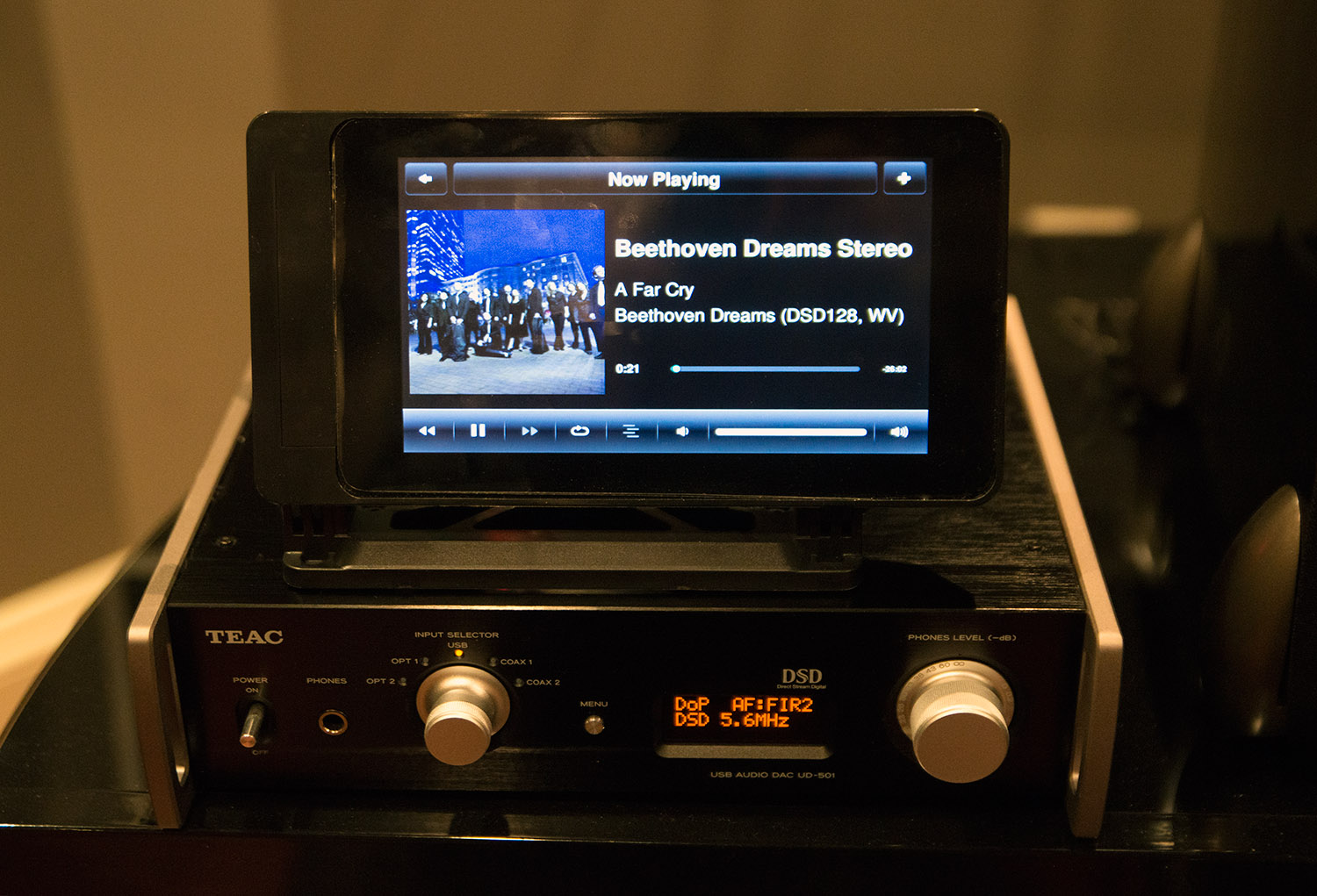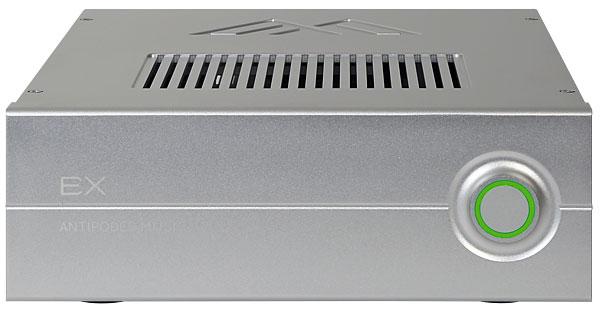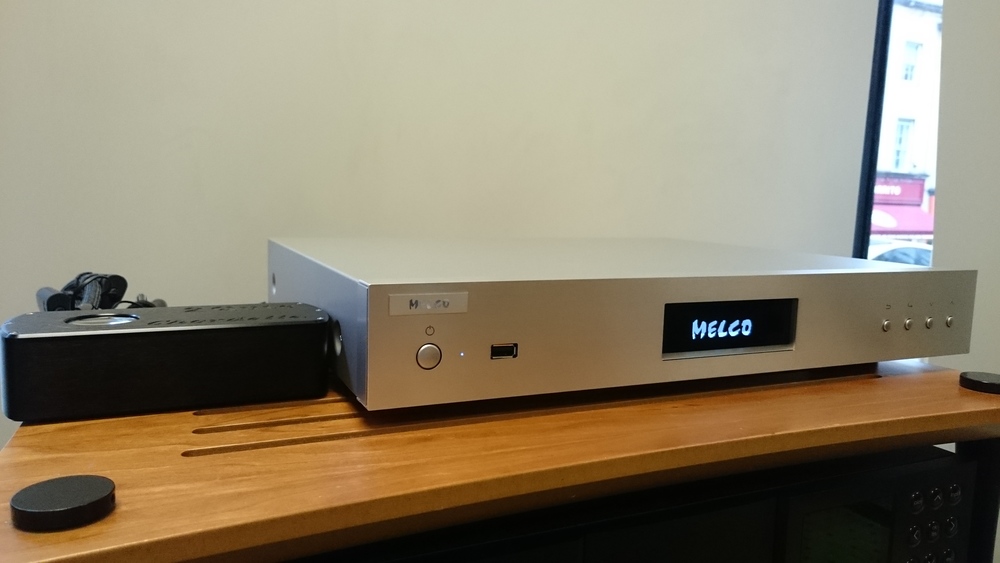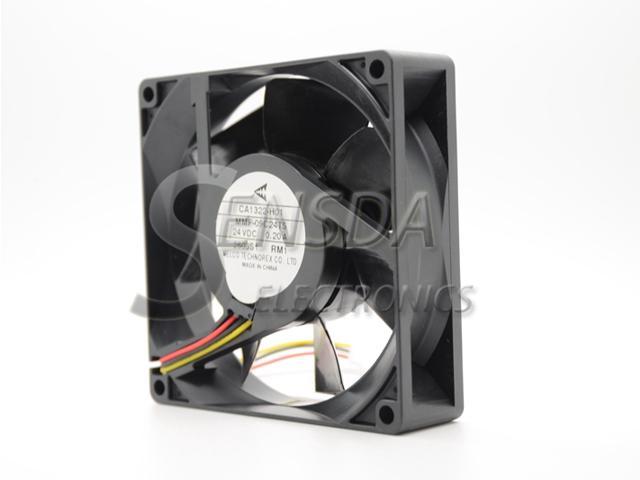Melco Sound Cards & Media Devices Driver Download For Windows 10
- Melco Sound Cards & Media Devices Driver Download For Windows 10 Windows 7
- Melco Sound Cards & Media Devices Driver Download For Windows 10 7
- Melco Sound Cards & Media Devices Driver Download For Windows 10 64-bit
Melco Sound Cards & Media Devices Driver Download For Windows 10 Windows 7

Where it all began
Digital music existed well before Compact Disc: it was not necessarily just Pulse-Code Modulation (PCM), there was Bitstream as well. PCM was originally in 48kHz (or multiples) sample rates and CD, or really the video forms of CD, meant that 44.1kHz was a better sample rate for global sales as it did not interfere with video data and had no real sound quality impact. Bitstream effectively became Direct Stream Digital (DSD) and Super Audio CD (SACD) was a close relative.
Back then, CD was 44.1kHz and the bit-depth was related to how much data could be stored using available technology. Philips were successfully pressing polycarbonate discs for LaserDisc and knew the possibilities and limitations of the process; this determined the dimensions, bit pattern on the CD and the size of the CD set the maximum data size, at around 650MB on a 12cm disc.
Why 12cm? The story goes that this was the size of the shirt pocket of Jan Timmer, Philips’ President at the time! The CD spec was written down and all manufacturers had to follow the standard (Red Book) precisely.
Realising the benefits of CD
Listening tests at the time, showed that this all worked out well: you got more playing time than an LP on a silver disc with a frequency response to 20kHz, plus reasonable resolution. When good, CD was excellent, but in the early days, that was quite rare.
Editing losses, at least 3 or 4 bits, meant that the studio recordings, if digital and not transferred from analogue (remember AAD and DDD?), needed to be at least 20 bits; 24 bits soon became the norm. So high-res audio is actually at least as old as CD!
Copy protection
There was no copy protection in these early formats (aside from SACD), so record companies nurtured the 24-bit or better and would not share with anyone to avoid piracy. The reverse actually happened: the record companies were obsessed with opening up the market with highly compressed data that took little space and could therefore be distributed easily, MP3 etc. ‘Pre-ruined’ music! That nearly meant the end of hi-fi as we know it.
PCs to play CDs
The only way to play digital music at the time was a CD player or some types of computer (or a portable toy for MP3). PC was a 48kHz environment, so fancy software was necessary to play even a 44.1kHz CD initially. But, there was scope to extend the playback capabilities at little real cost as a PCs did not have to follow the Red Book standard and could add sound cards with higher performance DACs.
On the odd occasion that a record company promoted an album using the high-res files, it was obvious how limiting 16 bits were.
Why use a PC for audio?
Well, there was a promise of using higher bit rates if one had access to high-res material. But, there was also a more tempting reason: multi-room. A PC could play several 16-bit/44.1kHz at once and using multi-channel PC cards, a generation of four-output CD-quality players was born into the new Home Automation market, all based on PC mainboards.
With such devices that were, of course, PCs in disguise, it was not difficult to start to play some of the high-res music if it became available using high-end sound cards. Record companies realised they could charge once again for music already purchased as CD, at a higher price and in many cases, to existing customers. The business case for high-res now looked good for the record industry.
PCs not the ideal architecture
It was realised that if Red Book or CD-quality files could be streamed from the storage PC or multi-room player (using server software) then there was an interesting possibility to create network connected players of good quality, without the undoubted compromise of the PC environment.
A CD played on a CD player was SO much better than on a PC, for obvious reasons that we now understand so well: noise, jitter, pollution and burst-data; really bad architecture for audio data.
Introducing the audiophile streamer
So, the concept of the audiophile streamer was born. Hi-res was easily incorporated and with a UPnP standardised server, control was easy. Sound cards in a PC gave way to USB-connected DACs, again capable of hi-res playback.
But, the potential sound quality for both of the evolutionary steps, USB DAC or streamer, would still be limited by the use of PC for storing data or playing into the USB DAC.
Streamers, of course, communicate and collect music files over the network, but there is a surprising basic limitation to sound quality from an unexpected source: the network itself. Unless using fancy managed switches, the streamer receives lots of unwanted data which has to be examined and rejected, impacting sound quality.
There is a more basic problem as well: audio, whether PCM or DSD, is put into packets for network transport. Those packets get lost sometimes and are resent late. As timing is of no importance to IT devices, the data switch does not worry about re-ordering the packets. An audiophile streamer receives data with missing packets and has to request a resend, as well as jumbled packets and unwanted packets. Sorting this out at the player end simply impacts sound quality.
Where Melco comes in
In the same way that you would never play a CD on a PC when you could use a CD player, it is not to be expected that hi-res will perform as it should when using PC or IT devices. So, we need a specialised hi-res digital music source to avoid any sound quality limitation due to PC or IT devices.
That source is Melco: combining music storage, playback of all hi-res files into a USB DAC without any sound quality compromises and serving hi-res music to network streamers over the network, again, without the compromise of PC or IT devices.
Melco performs all data management and connects to the network streamer directly: there’s no data switch to mess things up again. This even improves streaming services such as TIDAL and Qobuz that come from servers around the globe.
Melco is designed and built in Japan, a market that has the highest demands in terms of sound quality, of course, but also a market that is not especially comfortable with networks, IT devices and computers, due to Japan being a closed market at the time of Commodore 64 and ZX Spectrum etc.
As a final point, we need to remember that PCs, which are not good for audio as we know, come in many disguises, often looking like hi-fi components.
Melco is really very simple to use. And it will even connect to a network streamer without any network! Or a DAC without any network. The benefits being extreme simplicity as well as no possibility of sound quality being influenced by anything else on the network.
Did you already know the history of digital music? Do you use a PC to play music files? Do you use a CD player at home? Let us know in the comments.


Melco Sound Cards & Media Devices Driver Download For Windows 10 7

Melco Sound Cards & Media Devices Driver Download For Windows 10 64-bit
The N1A/2 from Melco is intended to improve on the originals sonic performance, particularly for those using USB DACs. It can store a whole library of your music on its on-board drives and costs £2099 as tested. Dan Worth plugs it into his network and assesses its attributes. DATA has no sound. Once the DATA arrives at the streaming device, it is then, and only then, converted into audible sound. The N1A only stores and transmits DATA. It can have no effect upon the final audible sound, unless it corrupts that DATA. In essence, the Melco N1A is a device for the gullible with too much money to waste. Digitizing Sound Effects. This feature only applies to DesignShop Pro product level. DesignShop supports the ability to produce audible sounds when a mouse button or puck button is clicked during digitizing. To enable this effect, Tools- Options. Then click on the Digitizing Properties tab.

